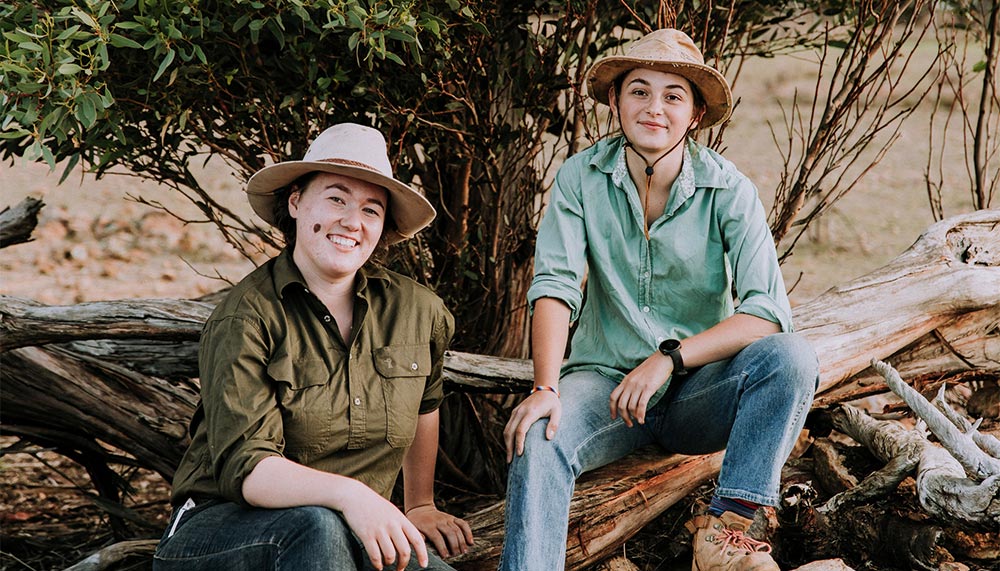A 3-year funded program is helping people with little or no experience in agriculture to get established and supported in work on farms.
Story Ken Eastwood Photo Rosie Henderson
When Bethia Harley was growing up in Adelaide, and later Tasmania, she dreamed of growing up to be a farmer. But she didn’t know anyone who worked in agriculture. “So I thought, ‘That’s not going to happen,’” she says.
Thanks to a new government-sponsored program called AgCAREERSTART, which is run by the National Farmers’ Federation (NFF), Bethia is now working full-time on Boomerang Farms, a 9300ha mixed cropping and sheep farm, 150km from Esperance, WA. She receives regular phone calls to check she is okay, and $4500 for training or to travel to conferences, while earning a full wage and gaining valuable experience. “When I found AgCAREERSTART, I thought, ‘This is sounding too good to be true’.”
AgCAREERSTART matches 17–25-year-olds who have little to no experience in agriculture with a suitable farming operation. The farmers are directly involved in the decision-making, and they also receive support to check that everything is working out from their perspective. Participants such as Bethia are initially employed for 10–12 months, but according to NFF project manager of the scheme, Kayla Evans, more than 50% of participants have stayed on in their host farm business after the year is over.
“Of our alumni last year, 90% completed the program, serving out their entire placement,” Kayla says. “Of those, 94% say they intend to pursue a long-term career in the agricultural industry. It was confirming for them that they wanted to be in agriculture.”
Although the bulk of participants are working in NSW and Queensland, AgCAREERSTART has placements in every state and territory except the ACT. There were 30 participants last year, 70 this year, and next year there will be 100.
On Boomerang Farms, Bethia was joined by another participant, Arian Tolomei, formerly of Perth, and the 2 have become great friends as they learn to do everything from mustering and drenching through to equipment maintenance. “We can now drive a front-end loader, so we could even work in the mines if we wanted to,” Arian says.
This story excerpt is from Issue #149
Outback Magazine: June/July 2023









